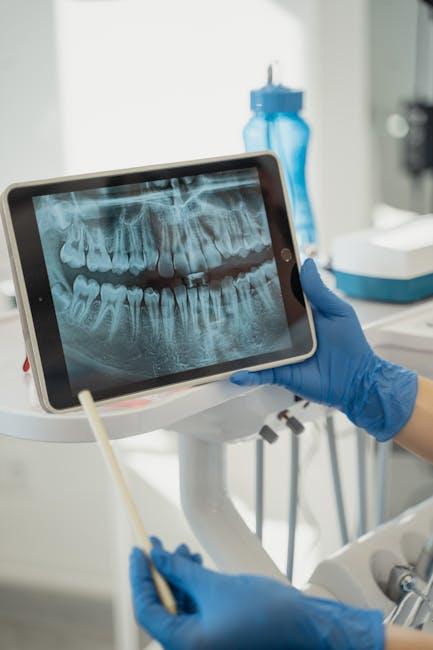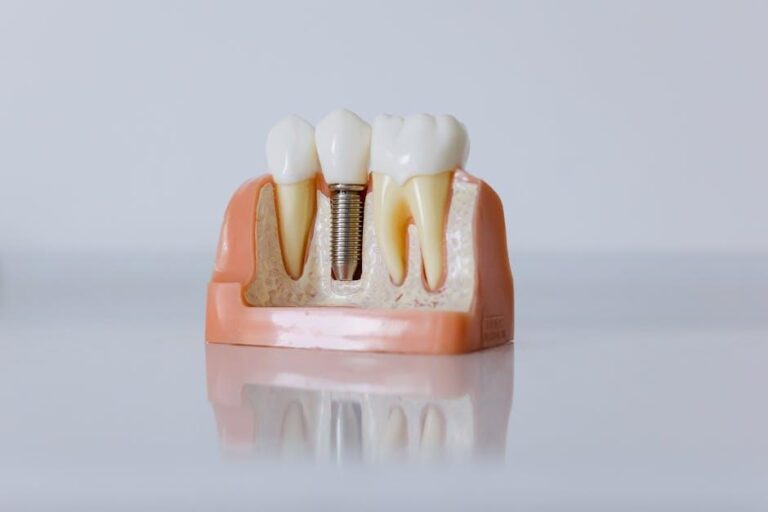
Dental Duets: 25 Years of Dental Technology — Hits, Misses, and Future Winners
Over the past 25 years, the dental industry has witnessed a technological revolution. What once were purely manual procedures now benefit from digital innovation, advanced materials, and cutting-edge equipment. As dental professionals and patients alike enjoy these advancements, it’s essential to reflect on the hits, the misses, and the promising future winners of dental technology. In this comprehensive look inspired by insights from DrBicuspid.com, we’ll explore how technology has transformed dentistry and what lies ahead.
The Evolution of Dental Technology: A 25-Year Overview
Since the late 1990s, dental technology has evolved tremendously. These advancements have improved diagnosis, treatment accuracy, patient comfort, and outcomes.
Key Milestones in Dental Technology
- Digital Radiography: Replaced traditional X-rays for quicker, safer imaging.
- Ceramic and Composite Materials: Advanced filling and restoration options.
- CAD/CAM Systems: Enabled precise millings of crowns and restorations.
- Laser Dentistry: Allowed minimally invasive soft and hard tissue procedures.
- 3D Printing and CBCT Imaging: Revolutionized diagnostics and prosthodontics.
Hits: Technologies That Transformed Dentistry
Some innovations have proven game-changers, shaping how dentists practice worldwide.
1. Digital Impressions and CAD/CAM Technology
Gone are the days of messy dental molds. Digital impressions combined with CAD/CAM systems have enabled dentists to design and produce restorations onsite — often within a single patient visit.
2. Cone Beam Computed Tomography (CBCT)
CBCT scans provide accurate 3D images of teeth, bone, and soft tissue. This allows for more precise implant placement planning, orthodontic evaluation, and detection of complex pathology.
3. Laser Dentistry
Soft and hard tissue lasers minimize bleeding and discomfort, reduce healing times, and increase patient acceptance of surgical procedures.
4. Intraoral Cameras
By giving patients real-time views of their oral health, intraoral cameras improve treatment acceptance and patient education.
5. Digital Dental Radiography
Digital X-rays reduce radiation exposure by up to 90%, offer instant image viewing, and are easily stored and shared electronically.
Misses: Dental Technologies That Didn’t Live Up to the Hype
Not all dental technology developments have met expectations. Some faced challenges, limiting adoption or long-term value.
1. Early Laser Devices for Caries Removal
Although lasers have many uses, early attempts at laser cavity removal created challenges with cost, speed, and precision, delaying widespread implementation.
2. Ultrasonic Scalers’ Initial Overpromise
While ultrasonic scalers remain essential, initial versions promised too much in terms of biofilm removal and were sometimes uncomfortable for patients.
3. Some Experimental Biomaterials
Innovative resorbable materials and bioengineered dentin substitutes have struggled to prove consistent clinical success compared to established materials.
4. Over-Reliance on Solely Digital Workflows
Although digital dentistry is advancing, early adopters found that incomplete workflows and high costs sometimes hurt practice efficiency.
Future Winners: Game-Changing Technologies on the Horizon
Emerging dental technologies are set to further enhance patient care, streamline practice management, and expand treatment options.
1. Artificial Intelligence (AI) in Diagnostics
AI-powered software is already assisting dentists in analyzing radiographs, spotting early signs of decay, and predicting treatment outcomes with greater precision.
2. Advanced Biomaterials and Regenerative Therapies
Cutting-edge ceramics, composite resins, and tissue regeneration strategies are poised to improve restoration longevity and enable true biological repair.
3. Teledentistry and Remote Patient Monitoring
Telehealth platforms combined with wearable sensors improve access to dental care, particularly in underserved areas.
4. Enhanced 3D Printing and Customization
Faster, more affordable 3D printers producing biocompatible materials will continue to dominate prosthodontics, orthodontics, and surgical drill guides.
5. Robotics and Automation
Robotic-assisted dental surgeries and automating routine tasks can increase precision and free up clinicians for more complex patient care.
Benefits of Embracing Dental Technology
- Improved Clinical Outcomes: Precision tools reduce errors and complications.
- Enhanced Patient Experience: Less discomfort, faster treatments, and visual education.
- Greater Efficiency: Streamlined workflows save time and operational costs.
- Increased Diagnostic Accuracy: Early detection of diseases with high-tech imaging tools.
- Better Record Keeping: Digital records offer easier data sharing and treatment tracking.
Practical Tips for Dental Professionals
- Evaluate ROI Carefully: Assess technology investments for both clinical and financial benefits.
- Stay Updated: Regularly attend training and webinars on evolving dental tech.
- Integrate Gradually: Adopt new tech in phases to ensure smooth workflow transitions.
- Patient Education: Use intraoral cameras and visual tech to explain treatment benefits.
- Involve the Team: Train the entire dental staff to maximize new technology usage.
Case Study Highlight: How Digital Impressions Changed One Practice
Background: Dr. Smith, a general dentist, struggled with frequent impression retakes and patient discomfort using traditional materials.
Solution: Implemented a digital impression system along with an in-office milling unit.
Results:
| Metric | Before Digital Impressions | After Digital Impressions |
|---|---|---|
| Impression Retake Rate | 15% | 2% |
| Patient Comfort Score * | 4.5/10 | 8.9/10 |
| Turnaround Time for Crowns | 2 Weeks | Same Day |
| Practice Revenue | Baseline | +18% within 6 months |
*Based on patient satisfaction surveys
Conclusion: Embracing the Dental Technology Duet for a Brighter Future
Looking back at 25 years of dental technology reveals a vibrant mix of successes and lessons learned. The “hits” have elevated modern dentistry, driven by innovation, patient-centered care, and digital efficiency. While some “misses” highlight the need for careful adoption, upcoming breakthroughs like AI, regenerative materials, and telehealth promise exciting opportunities. For dental professionals committed to excellent outcomes and patient satisfaction, embracing these tech duets will undoubtedly shape the future of oral healthcare.
Stay connected with DrBicuspid.com for ongoing insights on cutting-edge dental technology trends that transform smiles worldwide.


